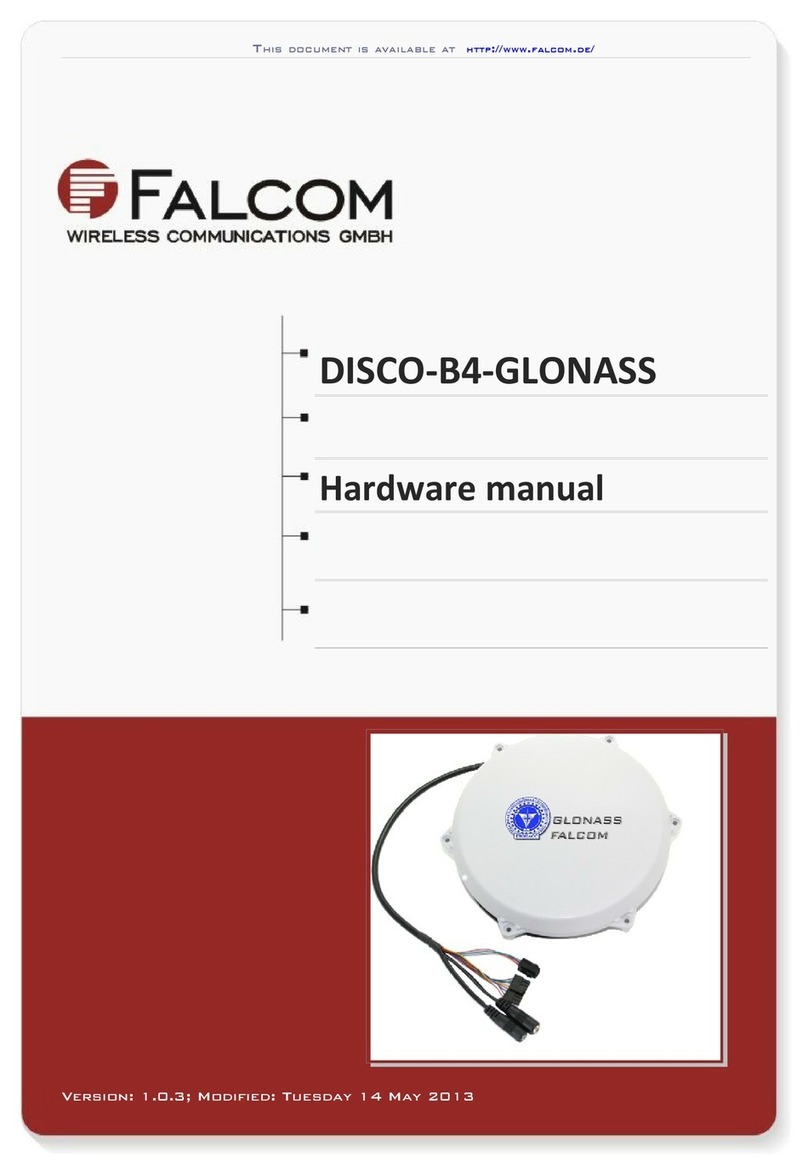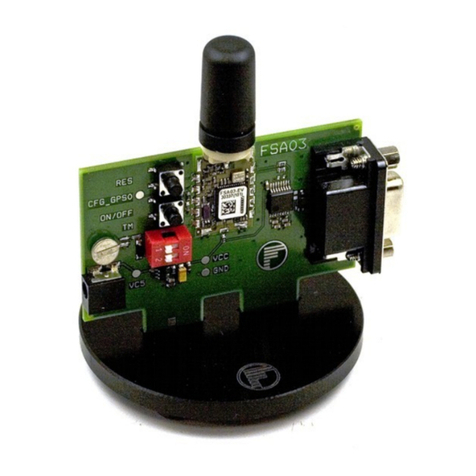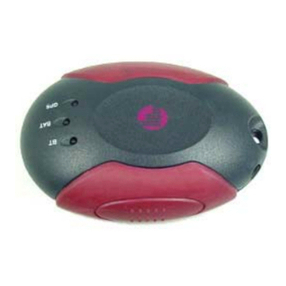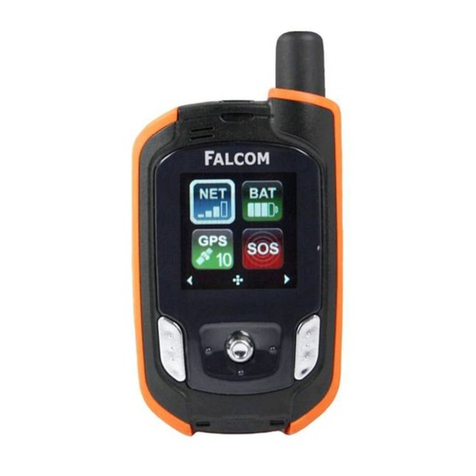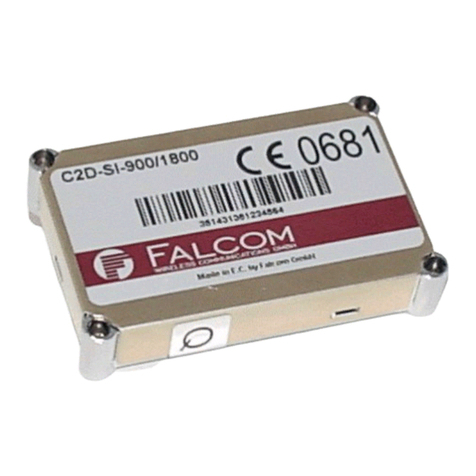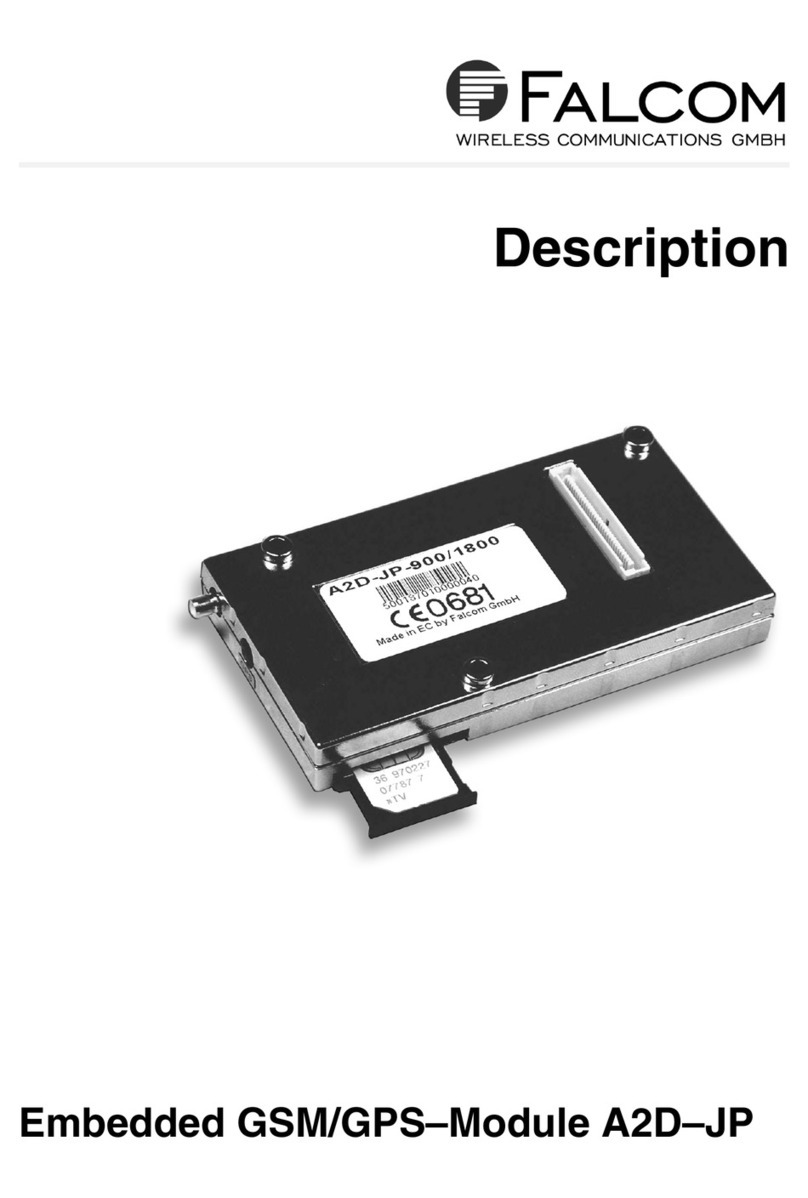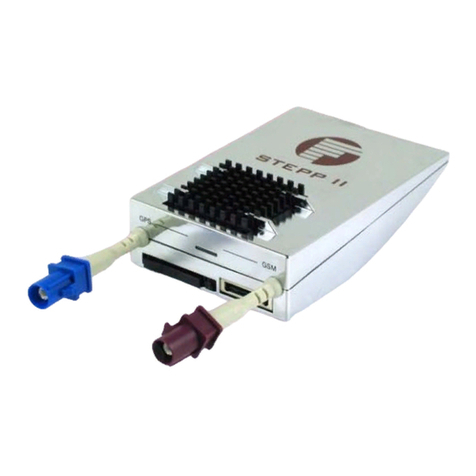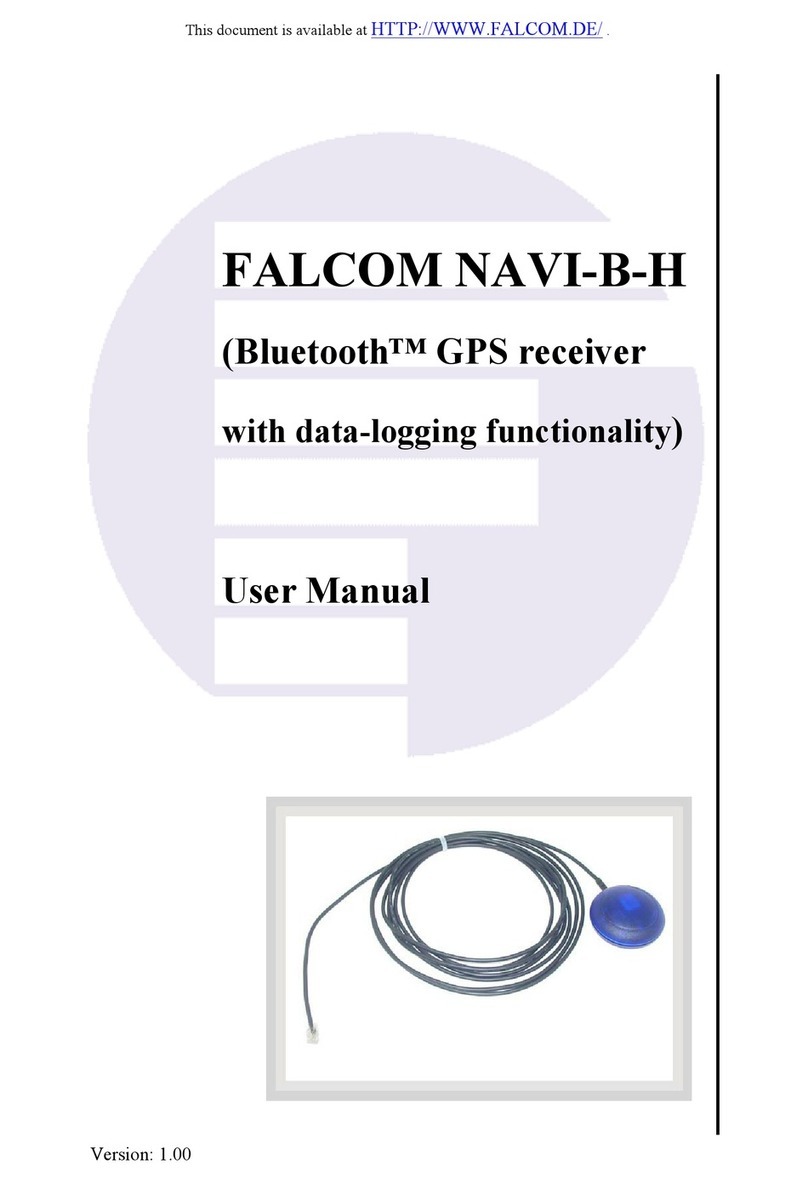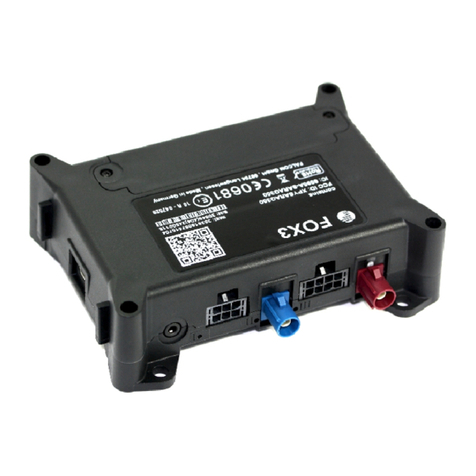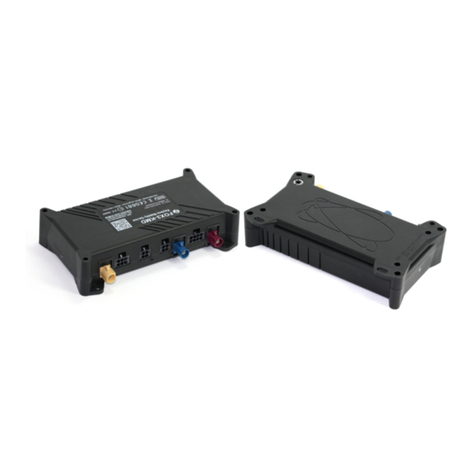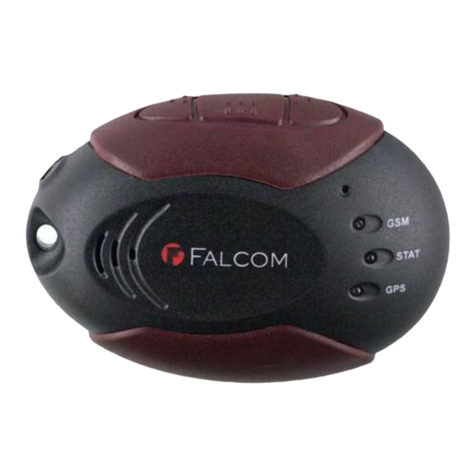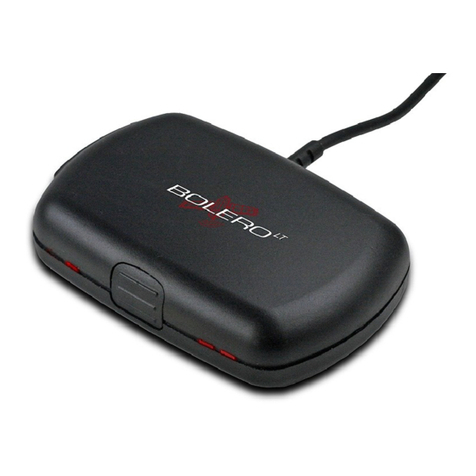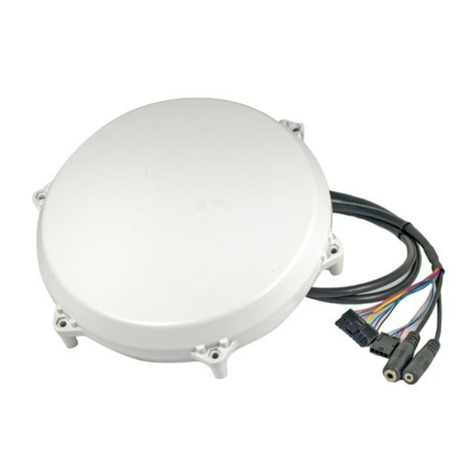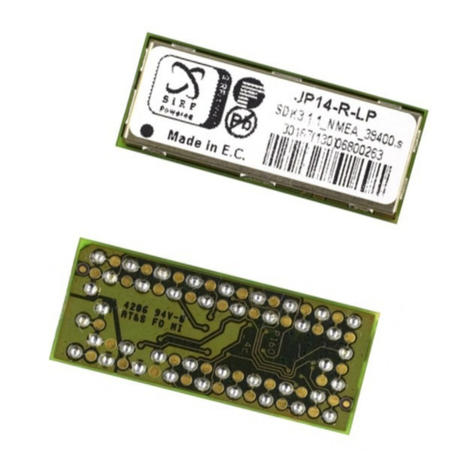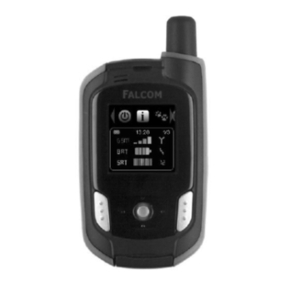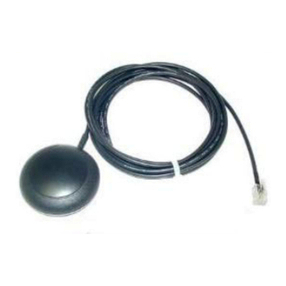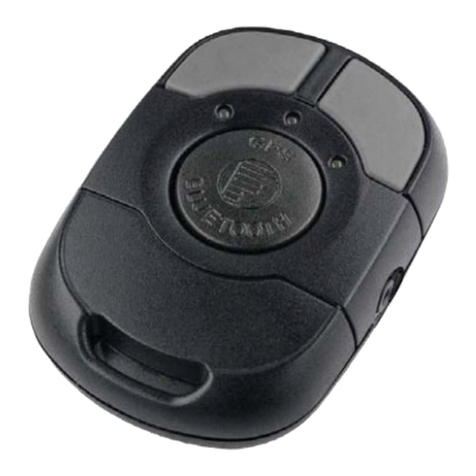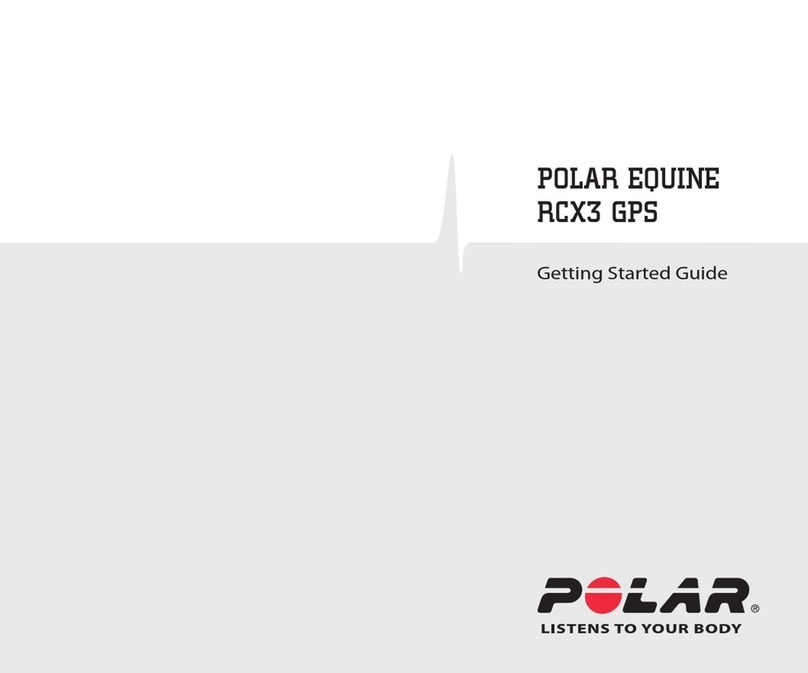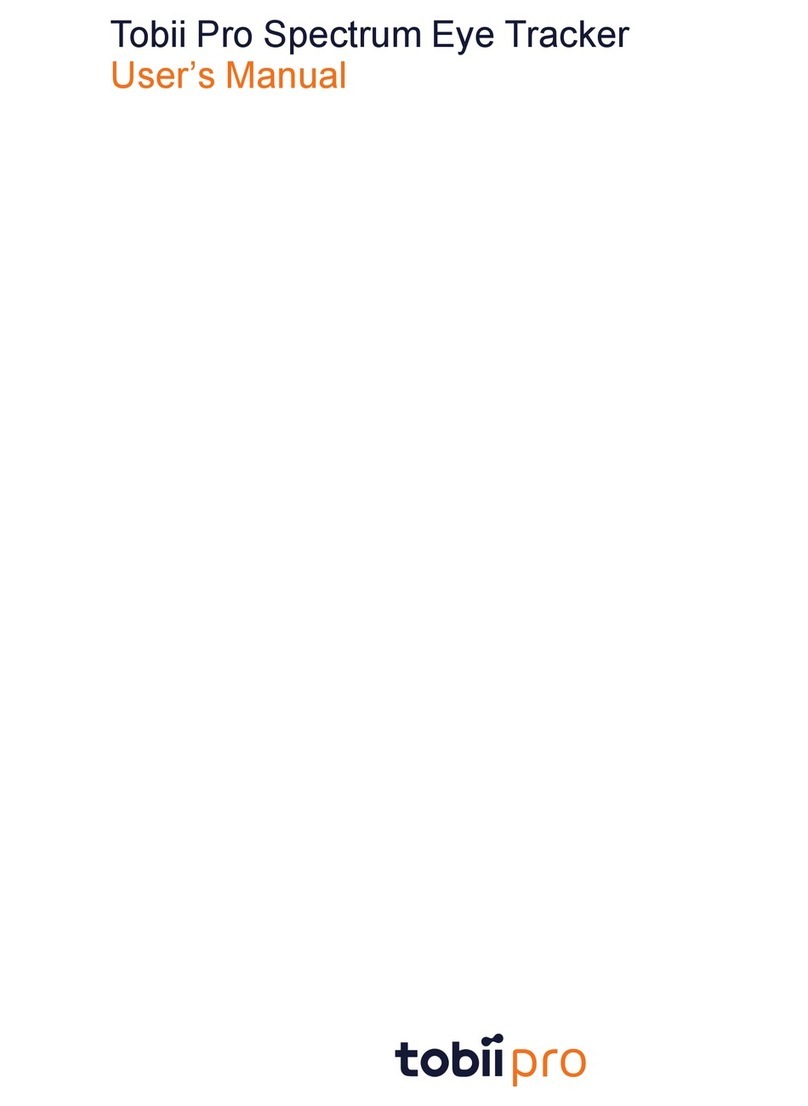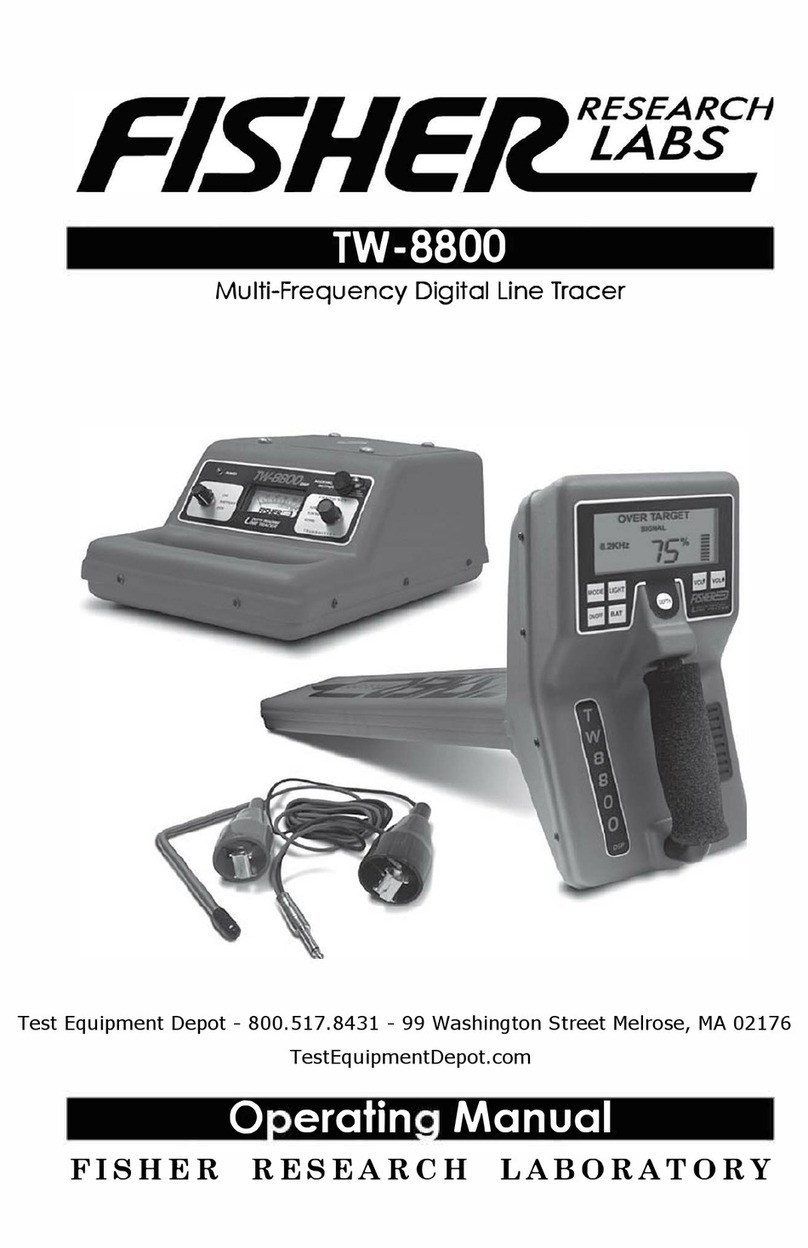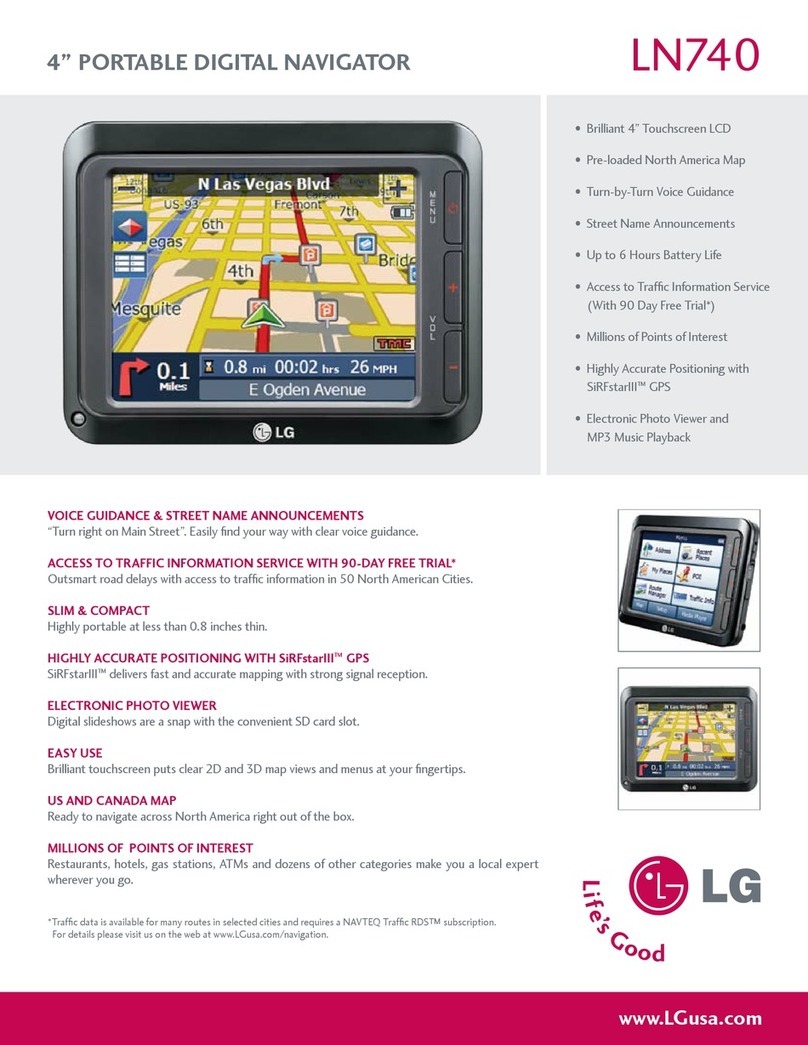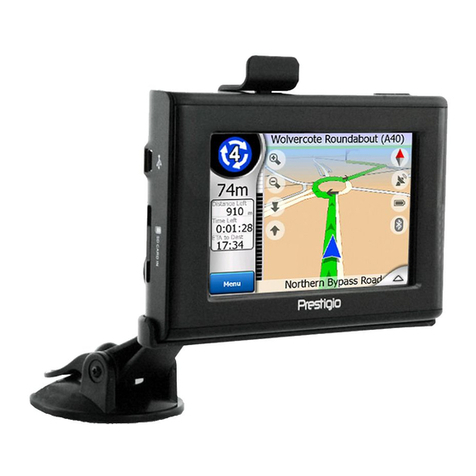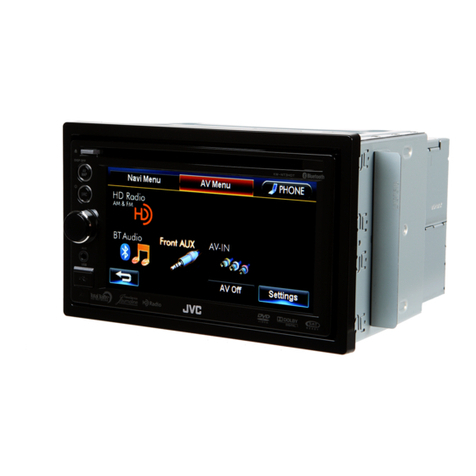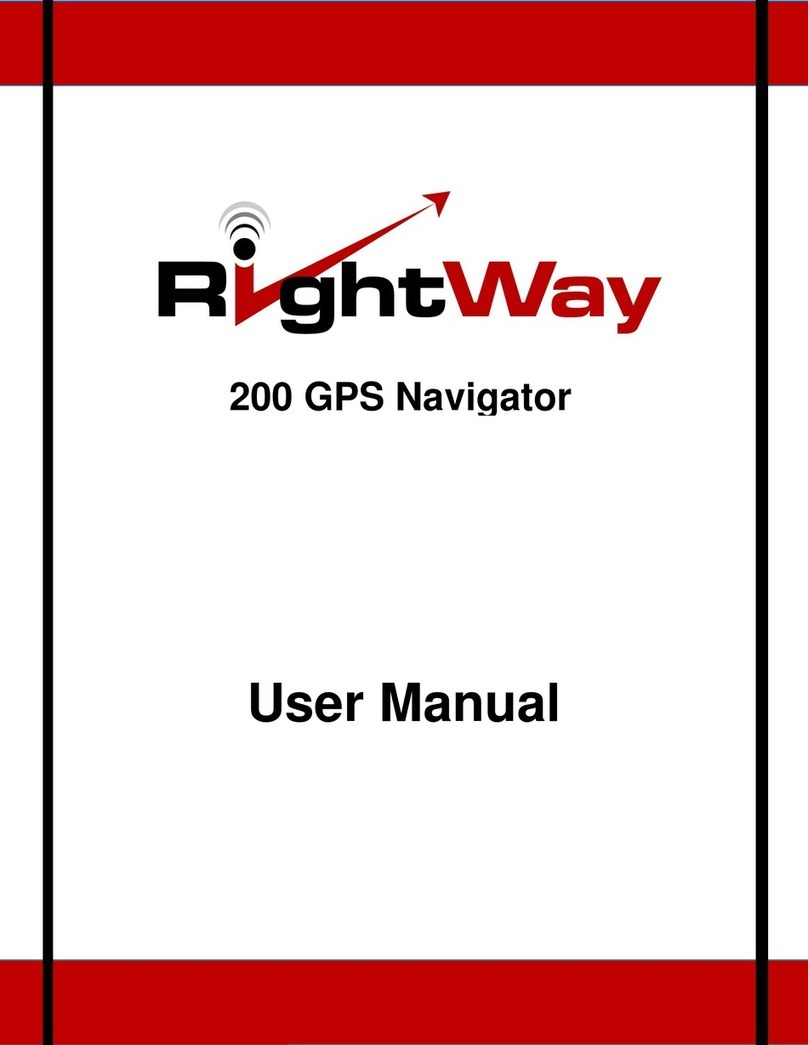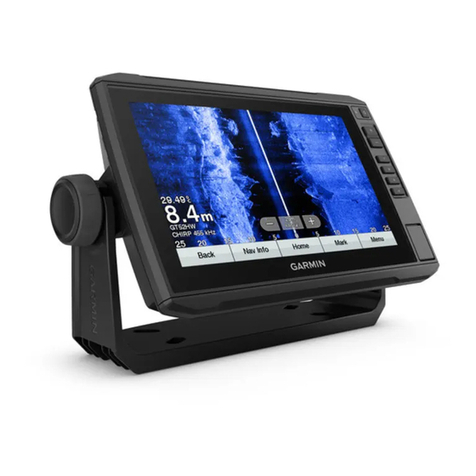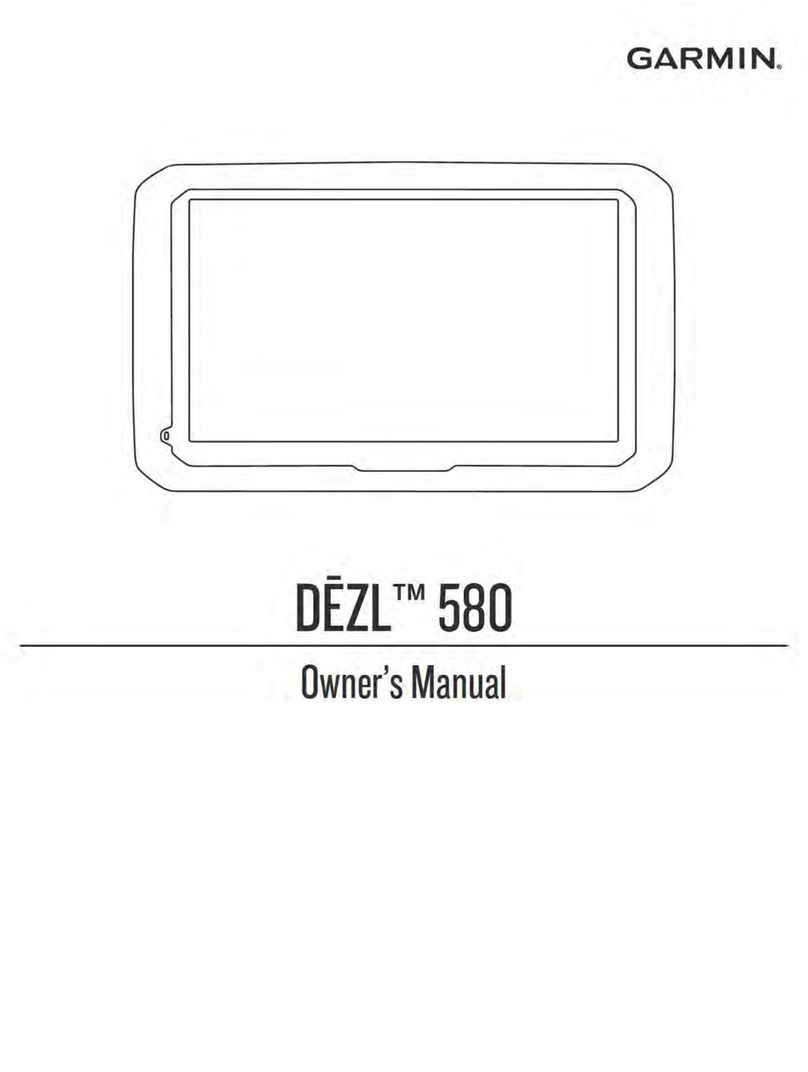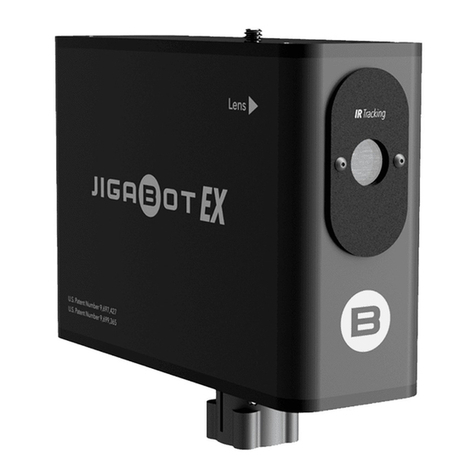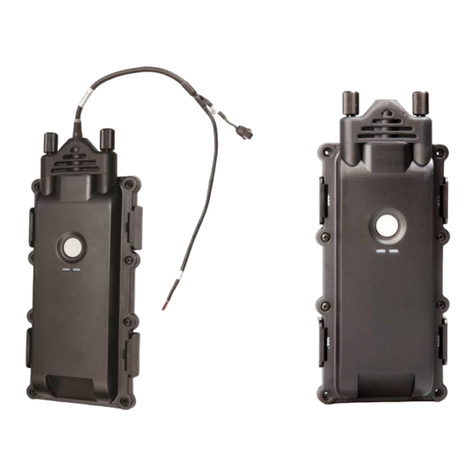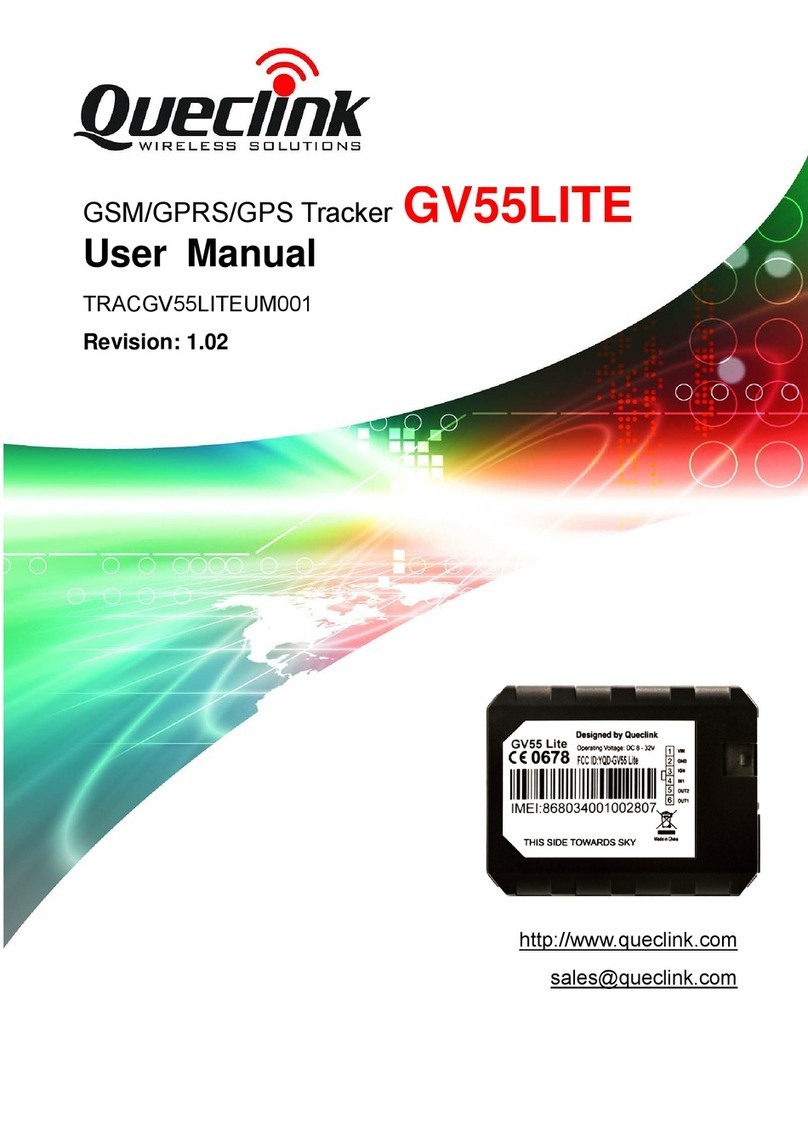
Navi-xs User’s Guide Version 1.01
Table of contents
0INTRODUCTION............................................................................4
0.1 General about NAVI-XS ...........................................................................................4
0.2 Package contents.....................................................................................................5
0.2.1 Accessories ......................................................................................................................... 6
1SECURITY .....................................................................................7
1.1 General information..................................................................................................7
1.2 Restricted use ..........................................................................................................7
1.3 Children....................................................................................................................7
1.4 Driving and safety ....................................................................................................7
1.5 Battery safety ...........................................................................................................7
2PREPARING TO USE YOUR FALCOM NAVI-XS ........................9
2.1 How does the FALCOM NAVI-XS work? .................................................................9
3SOFTWARE INTERFACE ...........................................................10
3.1 NMEA output messages ........................................................................................10
4TECHNICAL DESCRIPTION.......................................................11
4.1 Bluetooth™ GPS Receiver architecture.................................................................11
4.2 Technical specifications .........................................................................................11
4.2.1 Electrical Characteristics ................................................................................................... 11
4.2.1.1 General............................................................................................................................................ 11
4.2.1.2 Accuracy.......................................................................................................................................... 11
4.2.1.3 Datum.............................................................................................................................................. 11
4.2.1.4 Time to First Position....................................................................................................................... 12
4.2.1.5 Sensitivity ........................................................................................................................................ 12
4.2.1.6 Dynamic Conditions......................................................................................................................... 12
4.2.1.7 DC Power ........................................................................................................................................ 12
4.2.1.8 Bluetooth™ Serial Port .................................................................................................................... 12
4.2.1.9 Physical ........................................................................................................................................... 12
4.2.1.10 Software........................................................................................................................................ 12
4.2.1.11 Bluetooth Technical data............................................................................................................... 13
4.2.1.12 TCXO-Specification....................................................................................................................... 13
4.2.1.13 Temperature range ....................................................................................................................... 13
4.3 Interfaces ...............................................................................................................14
4.3.1 On/Off buttons ................................................................................................................... 14
4.3.2 LED behaviour...................................................................................................................14
4.3.3 Power jack ......................................................................................................................... 15
4.3.3.1 Charging & Discharging the included batteries................................................................................ 15
4.3.3.1.1 Safety precautions while charging the batteries............................................................................ 16
4.3.3.1.2 Safety precautions while discharging the batteries ....................................................................... 16
5OPERATION GUIDE ...................................................................17
5.1 Installation instructions...........................................................................................17
5.1.1 PC/Laptop and NAVI-XS Bluetooth™ Connection............................................................ 18
5.1.1.1 How to evaluate the NAVI-XS connected to PC/Laptop .................................................................. 21
5.1.2 Pocked PCs Bluetooth™ Connection................................................................................ 24
5.1.3 Navigation with NAVI-XS Bluetooth™ GPS Receiver....................................................... 27
6TROUBLESHOOTING.................................................................28
This confidential document is a property of FALCOM GmbH and may not be copied or circulated without previous permission.
Page 1
